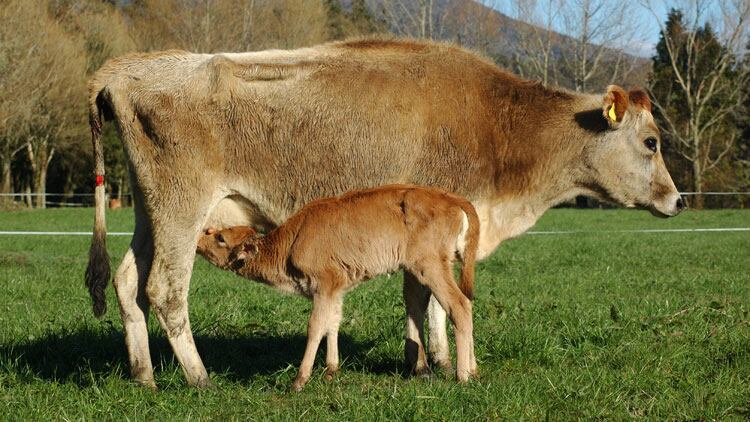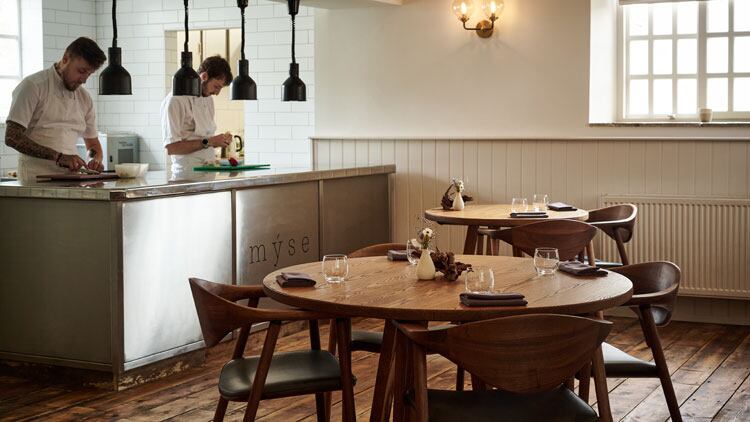I’m getting flashbacks to my NCT class. What’s colostrum again?
Colostrum - AKA first milk - is the first form of milk produced by mammals (including humans) immediately before and after the delivery of a newborn. In the dairy industry it is usually referred to as beestings.
We’re talking about farm animals rather than humans then. That’s a relief.
The use of human milk is not unprecedented in the UK hospitality sector. But yes, we’re talking about cows. Looking to old recipes for inspiration, North Yorkshire-based chef Joshua Overington has developed a tart that makes use of colostrum sourced from local Jersey cow dairy Grey Leys Farm.
But don't the calves need it?
That's usually the first question that guests at Overington’s Michelin-starred Mýse restaurant ask. While calves do consume much of the colostrum their mothers produce, dairy cows are bred to produce far more milk than their offspring need. This extends to colostrum too, meaning there is usually a significant excess. In smaller operations it often goes down the drain, but larger places turn it into powder for fitness products (colostrum is beloved by gym rats for its high protein and nutrient content and its potential to aid muscle recovery).
How has the tart been received?
Served as part of the Michelin-starred Hovingham restaurant’s petit four service, the 2p-sized tart has been a hit. “We’ve had a handful of people that haven’t wanted to try it but in general it’s been fine,” the chef explains. “Obviously, we would not contemplate serving it if the calves did need it. For me, it’s no odder than drinking milk. But I’ve certainly never had a row about it with anyone, we’re not talking about foie gras here.”
What’s colostrum like to cook with?
Initially, Overington found using it a bit of a challenge because – counterintuitively – it does not behave like milk due to its extreme protein and fat content. “You can’t substitute it for milk,” the chef says. “When we first started experimenting with it, we had a few things that didn’t work including a bread and butter pudding that came out like a souffle, and an ice cream that had the consistency of marshmallow.” Upon arrival in the kitchen at Mýse - which, incidentally, recently made its debut on Restaurant's list of the top 100 restaurants in the UK at number 17 - the colostrum is custard-like but thickens up significantly after being pasteurised. Overington is unwilling to describe the full recipe for his beestings tart, but he does reveal that the filling is pretty much just colostrum and sugar and sets of its own accord.
Do any other chefs use the stuff?
None that we know of. But we understand that colostrum is becoming something of a cult ingredient across the pond. Upscale Los Angeles supermarket chain Erewhon Market (think Whole Foods Market, but even more bougie) uses the substance to bolster its $20-plus smoothies. But don’t expect to see a Colostrum Pumpkin Spice Latte in your local Starbucks anytime soon.




